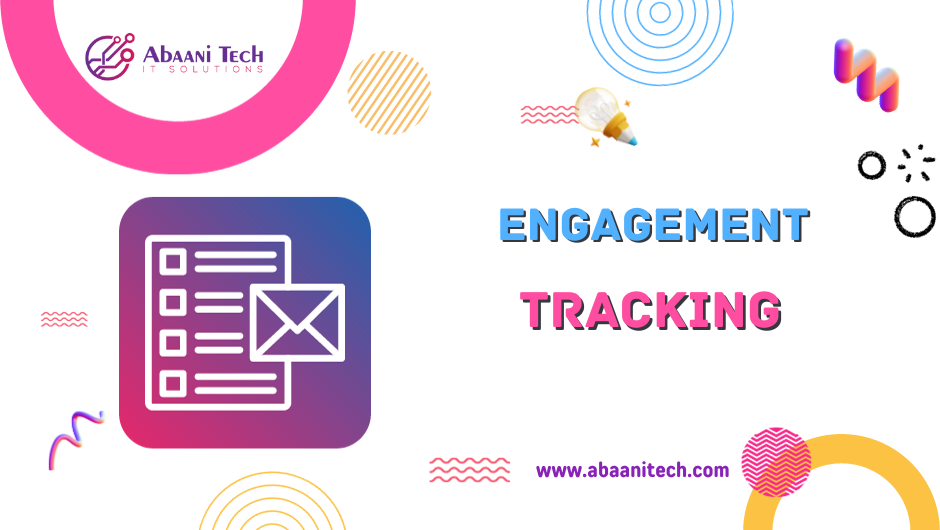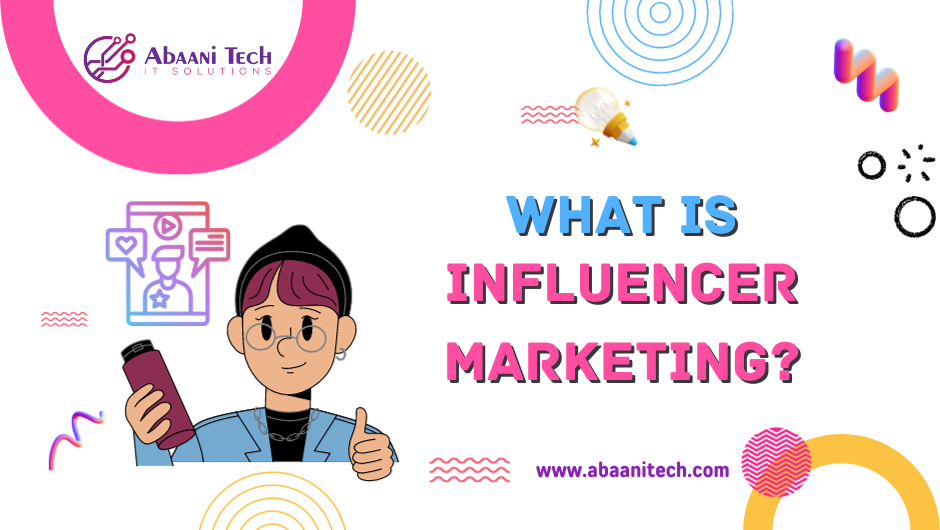Email List Management: Best Practices for Growth


In today’s digital age, email marketing remains a powerful tool for businesses to engage with their audience. However, the success of your email marketing campaigns heavily relies on the quality of your email list. To ensure that your email list is not just large but also effective, you need to practice strategic email list management.
In this article, we will explore the best practices for email list management to drive growth and maximize your marketing efforts.
- Importance of Email List Management
- 1. Segmentation for Targeted Content
- 2. Maintaining List Cleanliness
- 3. Opt-In and Double Opt-In Processes
- 4. Engagement Tracking
- 5. Personalization for Better Connection
- 6. A/B Testing and Optimization
- 7. Mobile Optimization
- 8. Optimizing Unsubscribe Procedures and Ensuring GDPR Compliance
- Some Other Practices
- Conclusion: Fostering Email List Growth
- Frequently Asked Questions
Importance of Email List Management
Effective email list management is a cornerstone of successful email marketing. It’s not just about the quantity of subscribers but the quality and relevance of your list. Maintaining a well-organized and up-to-date email list allows businesses to send targeted, personalized content to their audience. This results in higher engagement, improved deliverability, and lower spam complaints.
Additionally, email list management ensures compliance with data protection regulations like GDPR, building trust with subscribers. Regular list cleaning and optimization keep your list fresh and effective.
In today’s digital landscape, a well-managed email list is not just an asset; it’s the key to marketing success. Here are some practices for email list management.
1. Segmentation for Targeted Content
Segmentation is the secret sauce behind effective email marketing. By categorizing your subscribers based on their preferences, behaviors, or demographics, you can send them content that truly resonates. This personalized approach makes your emails more relevant, engaging, and ultimately, more effective.
For instance, you can tailor messages to a subscriber’s location, past purchases, or interaction history with your brand. Segmenting your list allows you to speak directly to different audience segments, increasing the chances of higher open rates, click-throughs, and conversions.
It’s a strategy that recognizes the diversity of your subscribers and ensures that your emails hit the mark, delivering value to each individual on your list.
2. Maintaining List Cleanliness
Maintaining list cleanliness is a critical aspect of effective email marketing. It involves regularly removing invalid, outdated, or duplicate email addresses from your list, ensuring that you’re sending your content to engaged and interested recipients.
Clean lists not only boost deliverability by reducing bounce rates but also prevent your emails from being marked as spam. Keeping your list tidy reflects positively on your sender reputation and engagement metrics, as you’re consistently reaching a receptive audience.
In a digital landscape where email deliverability is paramount, maintaining list cleanliness is the first line of defense in ensuring your messages land in the right inboxes and produce meaningful results.
3. Opt-In and Double Opt-In Processes
The opt-in and double opt-in processes are fundamental steps in building a high-quality email list. An opt-in process involves subscribers willingly signing up to receive emails from your brand, demonstrating their interest.
The double opt-in, or confirmed opt-in, takes this a step further by requiring subscribers to confirm their subscription via a verification email. This additional step ensures that the email addresses on your list are valid and that subscribers genuinely want to receive your content.
Double opt-in not only reduces the risk of spam complaints but also strengthens your sender reputation, leading to better deliverability and more engaged, responsive subscribers. It’s a powerful method to ensure your list is comprised of genuinely interested and receptive contacts.
4. Engagement Tracking


Engagement tracking is the process of monitoring and analyzing how recipients interact with your email marketing campaigns. It involves collecting data on various metrics, such as open rates, click-through rates, conversion rates, and other indicators of subscriber activity.
Open rates indicate how many recipients have opened your email, providing insight into the initial level of interest. Click-through rates measure how many people clicked on links within your email, showing engagement with the content.
Conversion rates track the number of recipients who took a desired action, such as making a purchase or signing up for a webinar. Engagement tracking helps you understand which content resonates with your audience, which elements need improvement, and how to optimize your email campaigns for better results.
By analyzing these metrics, you can fine-tune your email marketing strategy to enhance engagement and achieve your marketing goals.
5. Personalization for Better Connection
Personalization in email marketing is a vital technique that involves customizing email content to suit the individual preferences, behaviors, and characteristics of each recipient.
It goes beyond just addressing them by name; it’s about delivering content that is uniquely relevant to each person. This strategy has several key components, including addressing recipients by name, recommending content or products based on their past interactions, segmenting the email list, and creating dynamic content that adapts to the recipient’s attributes.
Personalization can also extend to special occasions like birthdays and anniversaries, personalized recommendations based on location, and personalized subject lines. It aims to create a more personalized and engaging email experience, strengthening the connection between the sender and the recipient.
By implementing personalization effectively, email marketers can boost engagement, build trust, and achieve better results in their campaigns. It’s a strategy that caters to the individuality of each subscriber, enhancing the overall email marketing experience.
6. A/B Testing and Optimization
A/B testing, often called split testing, is a fundamental technique in email marketing that empowers marketers to fine-tune their campaigns for maximum impact. It involves creating two or more versions of an email and sending them to different segments of your subscriber list to determine which performs better.
Here’s a closer look at the significance and process of A/B testing and optimization in email marketing:
- Testing Variables: A/B testing involves experimenting with elements like subject lines, email copy, images, call-to-action buttons, sender names, and sending times to determine their impact on email performance.
- Clear Objectives: It’s crucial to define clear objectives before conducting A/B tests, whether it’s to optimize open rates, click-through rates, or conversion rates.
- Random Sampling: Segment your subscriber list randomly into comparable groups, with each group receiving a different version of the email, like version A or B.
- Isolation of Variables: Test one variable at a time to accurately assess its impact while keeping other elements consistent, ensuring precise results.
- Data Collection and Analysis: Collect data on email performance, focusing on key metrics such as open rates and click-through rates. Analyze the results to identify the version that produces the desired outcome.
A/B testing is a valuable method for email marketers, allowing them to optimize their campaigns by systematically experimenting with various email elements, collecting data, and making data-driven decisions to improve engagement and conversions.
It’s an ongoing process that ensures your email strategy evolves to meet your audience’s preferences and expectations.
7. Mobile Optimization


Mobile optimization in email marketing is the practice of ensuring that email campaigns are tailored for seamless viewing and interaction on mobile devices, such as smartphones and tablets. With the ever-increasing use of mobile devices for email consumption, this approach is crucial.
It involves employing responsive design to adapt content to various screen sizes, legible fonts, and optimized images to reduce loading times. The goal is to create an engaging, user-friendly experience by simplifying content, making calls to action easily tappable, and ensuring fast load times.
Successful mobile optimization guarantees that emails are visually appealing and fully functional on mobile devices, which is essential for reaching and engaging a mobile-savvy audience.
8. Optimizing Unsubscribe Procedures and Ensuring GDPR Compliance
Unsubscribe Process Refinement involves streamlining the procedure for subscribers to opt out of receiving emails. Making it easy and transparent for individuals to unsubscribe is crucial. This not only complies with legal requirements but also enhances trust and maintains a positive sender reputation.
A straightforward and respectful unsubscribe process shows that you respect subscribers’ choices, even if they decide to discontinue their email engagement.
GDPR Compliance and Data Privacy are paramount in email marketing. Adhering to data protection laws, such as the General Data Protection Regulation (GDPR), is essential. This means obtaining explicit consent from subscribers, being transparent about data usage, and providing options for data management.
Ensuring data privacy not only complies with regulations but also builds trust with subscribers, assuring them that their personal information is handled securely and respectfully.
Some Other Practices
Here are some more practices you should do to manage your email list.
Regular List Scrubbing
- Remove inactive subscribers to maintain a more engaged and responsive list.
- Update outdated information, such as email addresses, to ensure accurate contact details.
Consistent and Valuable Content
- Deliver content that provides value to subscribers, making them look forward to your emails.
- Maintain consistency in both content quality and sending frequency to build trust and reliability.
List Growth Strategies
- Implement tactics like offering compelling lead magnets, using social media promotions, and collaborating with partners to continually expand your email list.
- Focus on attracting interested and relevant prospects to ensure list growth aligns with your target audience.
Monitoring and Analytics
- Continuously track email marketing metrics, including open rates, click-through rates, conversion rates, and other key indicators.
- Use data-driven insights to adjust email marketing strategies for improved results and engagement.
Conclusion: Fostering Email List Growth
In conclusion, effective email list management serves as the cornerstone of a prosperous email marketing campaign. The implementation of best practices, such as segmentation, regular cleansing, and personalization, leads to a vibrant and responsive email list. This, in turn, plays a pivotal role in driving the growth and success of your business.
A well-managed email list ensures that your messages reach the right audience, fostering higher engagement, and better conversion rates, and ultimately contributing to the growth and achievements of your business goals.
It is not just a list; it is a dynamic asset that can elevate your marketing efforts and forge lasting connections with your audience.
Frequently Asked Questions
1. Why is email list management important for businesses?
Email list management is crucial because it ensures that your emails reach the right audience, enhancing engagement and conversion rates.
2. How can I improve my email list’s deliverability?
Regularly cleaning your email list, segmenting it, and adhering to best practices can improve your email list’s deliverability.
3. What is the double opt-in process, and why is it important?
The double opt-in process requires subscribers to confirm their email subscription, reducing the likelihood of fake or spam email addresses on your list.
4. How can I ensure GDPR compliance in email marketing?
To ensure GDPR compliance, obtain explicit consent from subscribers, be transparent about data usage, and provide opt-out options.
5. What are some effective list growth strategies?
Effective list growth strategies include creating compelling lead magnets, using social media promotions, and collaborating with partners to expand your subscriber base.
Read a recent article: How to Increase Sales with Email Coupons






